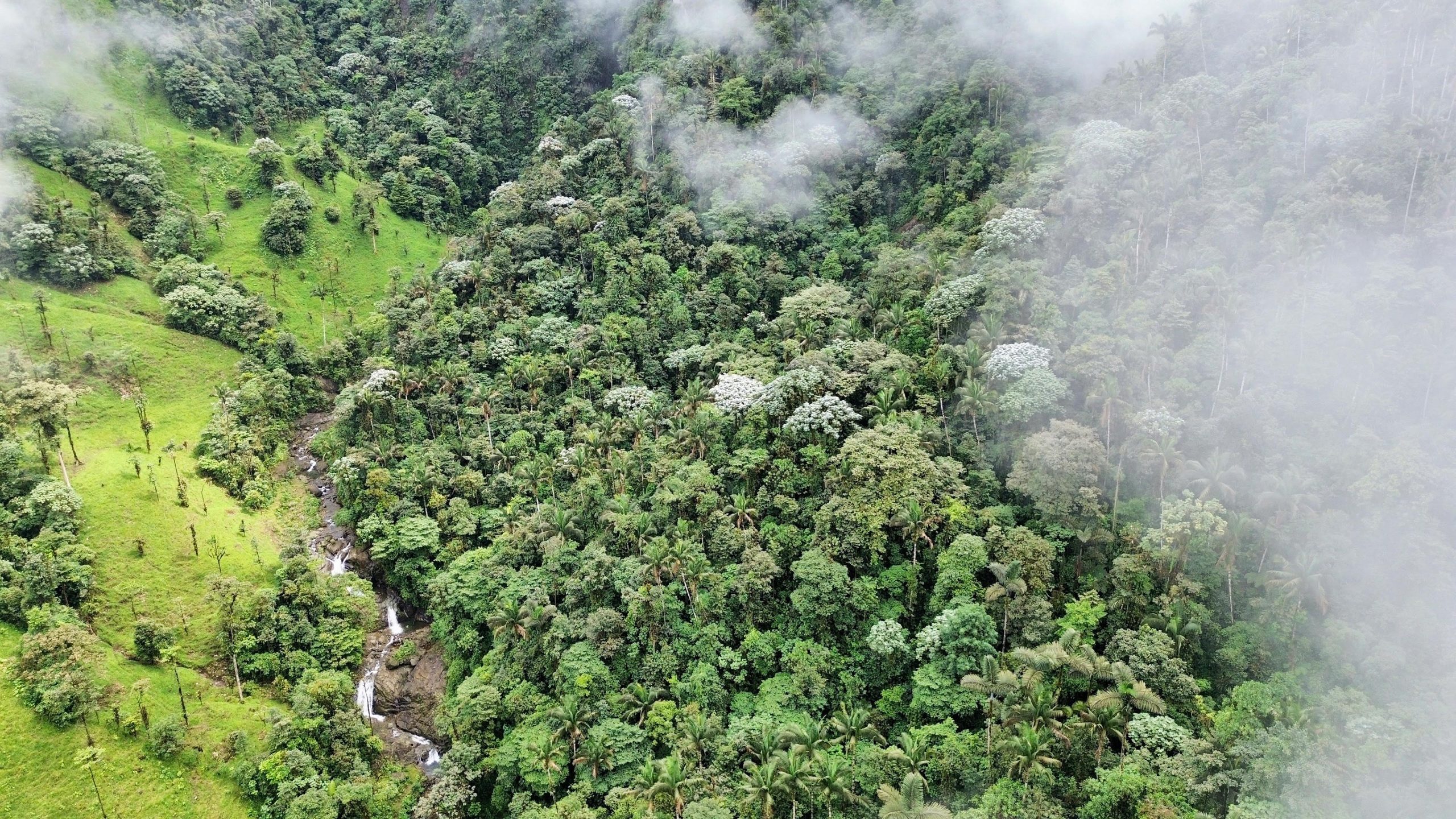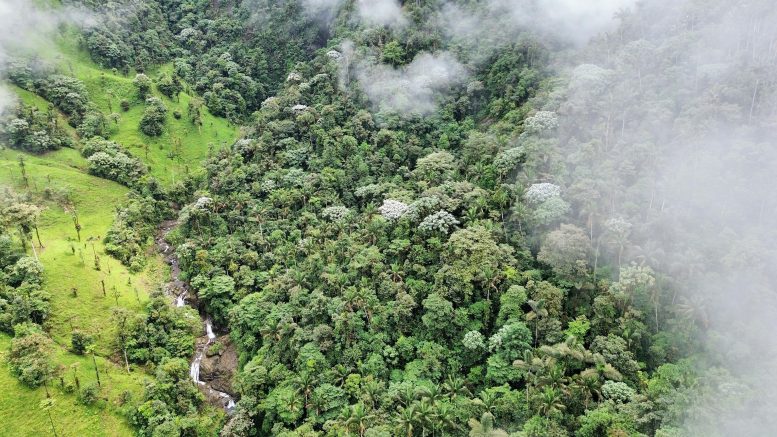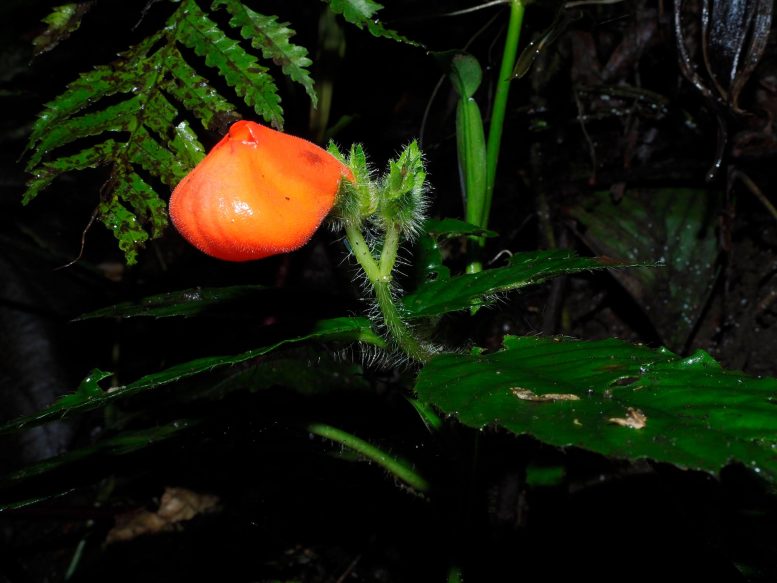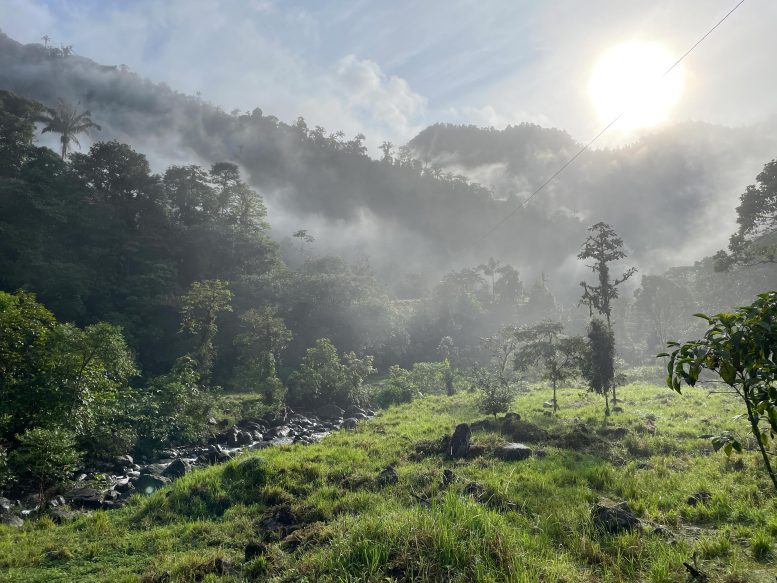

New research debunks the supposed mass extinction of 90 plant species in Ecuador’s Centinela in the 1980s, revealing that most species survive in forest remnants. The findings emphasize the value of herbariums and the need for continued conservation amidst a global biodiversity decline.
In the 1980s, one of the most notorious mass extinction events in modern times occurred on a hilltop in coastal Ecuador. Ninety species of plants unique to the region, many of which were new to science and unnamed, went extinct when the last cloud forests of the Centinela range were cleared for agriculture. The cautionary tale of Centinela has long been used to advocate for the conservation of rainforests. But did this event actually occur?
In a new study published in Nature Plants, an international team of botanists has refuted the claim of a mass extinction event in Ecuador’s Centinela range. After years of scouring natural history museums, biodiversity databases, and the slopes of Centinela, the researchers found no proof of any extinctions. Instead, they discovered abundant evidence that Centinela’s flora lives on in the scattered remaining fragments of coastal Ecuador’s forests.

Surprising Resilience and Discoveries
“It’s a miracle,” said lead author Dawson White, a postdoctoral researcher in the Department of Organismic and Evolutionary Biology at Harvard. “Many of Centinela’s plants are still on the brink of extinction, but fortunately the reports of their demise were exaggerated. There’s still time to save them and turn this story around.”
The study revealed that one reason earlier researchers overstated the likelihood of extinction at Centinela was that those researchers were collecting a bounty of new and undescribed species, with limited information on which plant species grow where in the world’s most diverse forests. In the decades since, those early collections have provided more than 50 new species. Also, as botanists began to collect more widely and natural history museums digitized their specimens, plants previously thought to have gone extinct at Centinela have turned up at other sites in South America, while others were relocated in situ by the team. Of the 90 species originally presumed extinct, only one has not yet been rediscovered or confirmed to grow elsewhere.
“Understanding which plants are growing in a given Andean cloud forest is a monumental task because you will undoubtedly find new species”, said White. “What our investigation highlights is that it takes decades of work from taxonomic experts to describe new species in such forests. And only once we have names for these species that are then noted in our scientific networks can we begin to understand where else these plants grow and their risk of extinction.”

Ecuador’s Biodiversity and the Role of Herbaria
Ecuador, though small, is incredibly diverse, offering a good illustration of how challenging it is for scientists to monitor and protect tropical biodiversity. It contains more than 20,000 plant species, 4,000 of which occur nowhere else on Earth, hundreds of which lack names, and none of which have been fully mapped. Given these challenges, the study highlights the vital role of herbaria collections.
“Herbaria give us the fundamental ‘what’ and ‘where’ of plant biodiversity,” said co-author Juan Guevara, Universidad de Las Américas in Quito. “They are what made it possible to solve this mystery. They’re the basis of everything we know about which plants are threatened with extinction.”
Rediscovery and Resilience of Forest Fragments
The authors also found that Centinela’s forests are more resilient than originally thought. Recent fieldwork has pinpointed a number of fragments of original forests that were previously overlooked due to their tiny sizes and remote locations. The team found these postage-sized remnants, often less than an acre in size, to harbor many species thought to have gone extinct—including Gasteranthus extinctus, a wildflower named after its own extinction that was rediscovered by the team in 2021.
“Over the last two years we’ve surveyed a dozen fragments in the region,” said co-author Andrea Fernández, Northwestern University and the Chicago Botanic Garden. “They’re tiny islands lost in a sea of plantations, but they’re still full of astonishing plants.”
Conservation Efforts and New Discoveries
Not only were the researchers surprised to find much of the old Centinela flora intact, but they were doubly surprised to discover a bounty of new and previously undescribed plants as well. Over the past five years, the researchers have described or discovered eight new species ranging in size from minuscule wildflowers to towering canopy trees.
“One of our most astonishing discoveries is a totally new species of canopy tree in the Cotton family,” said Fernández. “It’s one of the tallest trees we have encountered, but it’s extremely rare; there could be only 15 individuals alive in Centinela. It’s now being actively targeted by local loggers-, s-o we are rushing to describe this new tree species and get its seeds growing in botanic gardens.”
Ongoing Challenges and Conservation Initiatives
Once given a wide berth because of its gloomy past, Centinela is now buzzing with scientists who see in its decimated forests abundant opportunities for research and conservation. In Ecuador, botanical gardens are establishing collections of the region’s rarest, most threatened plants, while conservationists collect seeds for future reforestation efforts and look for long-term solutions to keep the remaining fragments standing. On a global scale, the resurrection at Centinela has inspired the launch of a new conservation initiative by Earth imaging company Planet Labs, which promises to boost conservation projects with high-quality satellite imagery.
Conclusion: Global Biodiversity Crisis Continues
While the new study corrects the record on one mass extinction event, it does not cast doubt on the biodiversity crisis underway around the world. According to the IUCN Red List, more than 45,000 species on Earth are currently threatened with extinction, including nearly half of all amphibians, a third of all corals, and a quarter of all mammals. Scientists at Kew Botanical Gardens curated a list of the more than 800 plant species presumed to have gone extinct to date.
“Plants in coastal Ecuador and a lot of other hard-hit places in the tropics are finding a way to hang on in the last nooks and crannies,” said co-author Nigel Pitman, the Field Museum of Natural History. “They won’t survive for long under those conditions, but we’ve still got time to act before they’re gone forever.”
Reference: “Refuting the hypothesis of Centinelan extinction at its place of origin” by Dawson M. White, Nigel C. A. Pitman, Kenneth J. Feeley, Gonzalo Rivas-Torres, Santiago Bravo-Sánchez, Francisco Sánchez-Parrales, John L. Clark, Carmen Ulloa Ulloa, Xavier Cornejo, Thomas L. P. Couvreur, Marcia Peñafiel, Gladys Benavides, Carmita Bonifaz, Juan Carlos Cerón, Andrea Fernández, Riley P. Fortier, Daniel Navas-Muñoz, Verónica Rojas M, J. Nicolás Zapata, Justin Williams and Juan Ernesto Guevara-Andino, 15 October 2024, Nature Plants.
DOI: 10.1038/s41477-024-01832-7